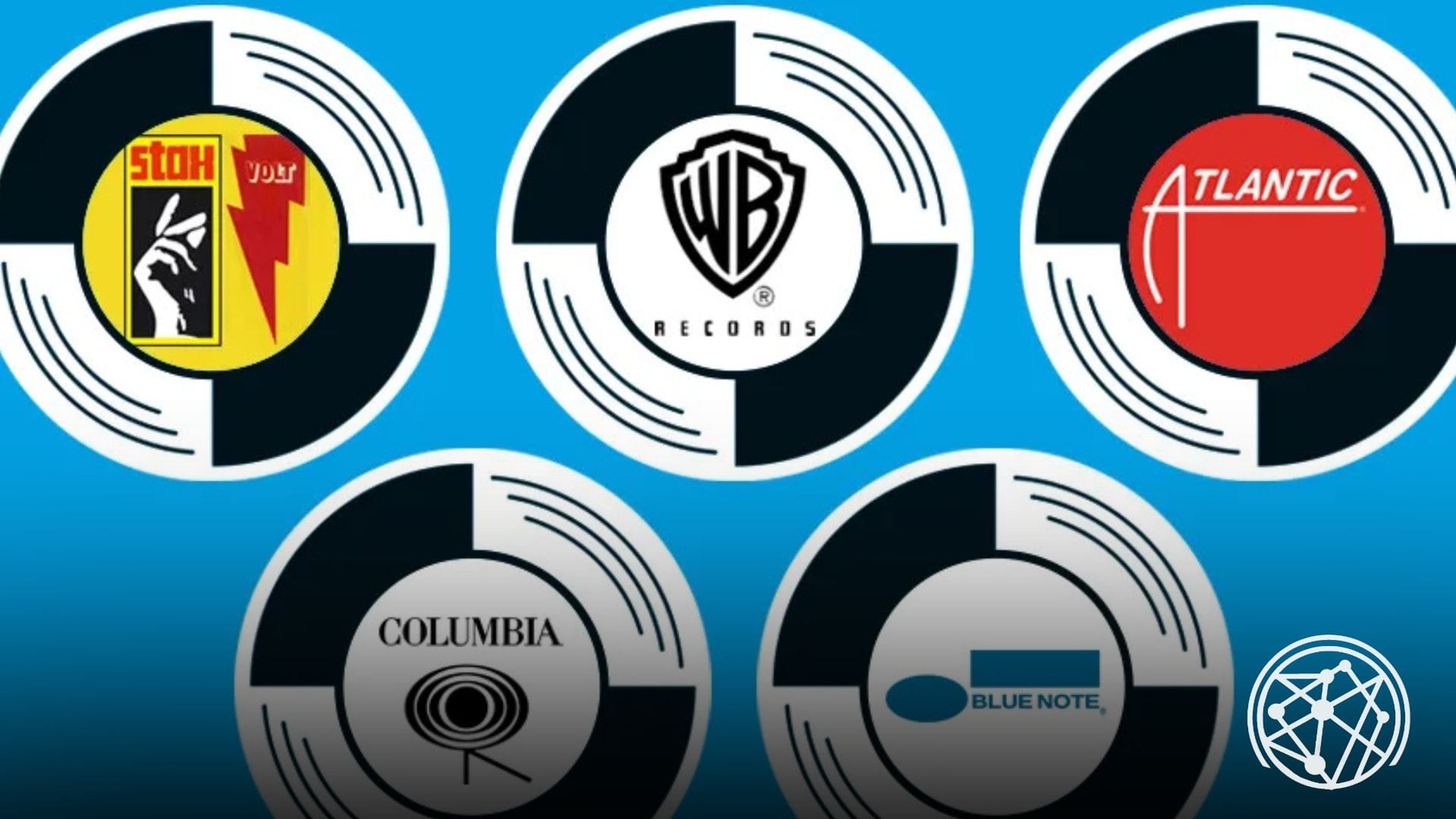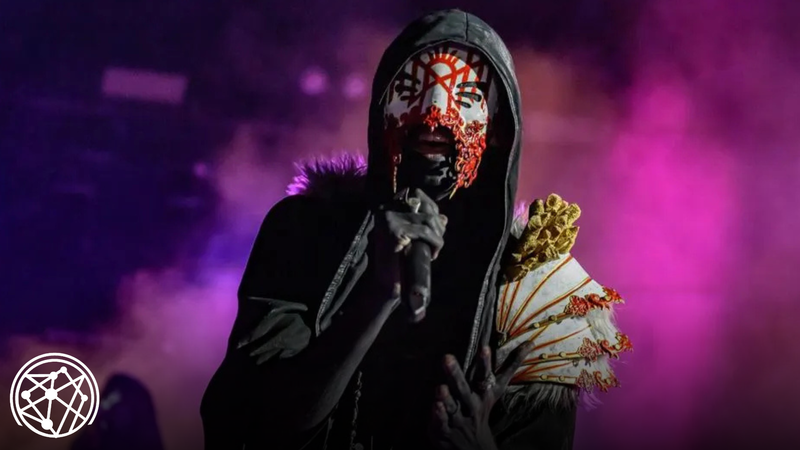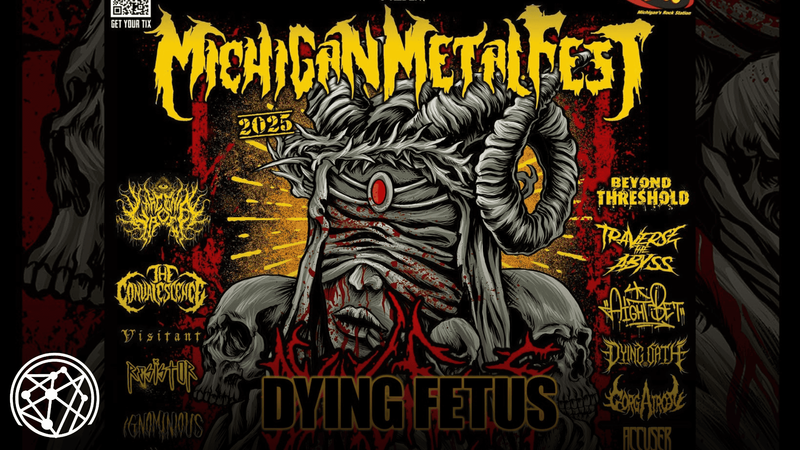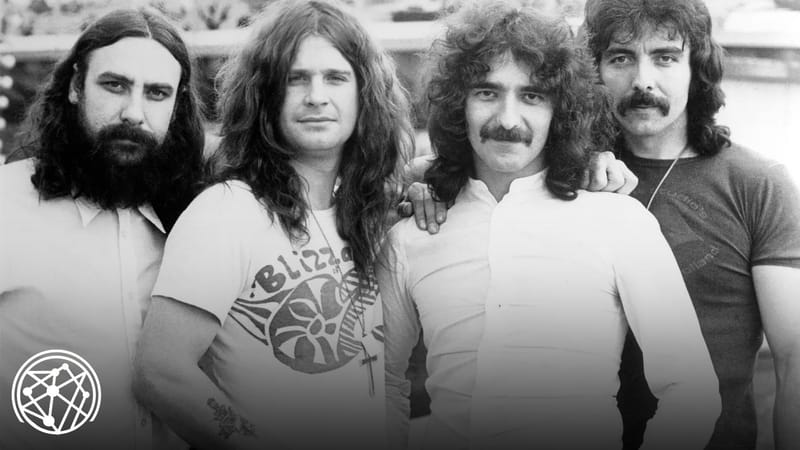How Many Bands are Actually Being Signed to Record Labels in 2025?
In the rapidly-changing music industry, the question `arises: how many bands are actually getting signed to record labels in 2025? The answer is a little complicated, reflecting a significant shift in how artists approach their careers and how the modern music industry operates.
The Reality of Modern Record Deals
Historically, securing a deal with a major record label was considered the pinnacle of success for aspiring bands. However, in 2025, this narrative has changed dramatically. According to a survey by Xposure Music, a staggering 86% of respondents have never had a record deal, and it’s no longer their primary career goal. Only 14% reported having been signed, indicating a move away from traditional label aspirations.
It seems that either major record labels are signing less bands and are more selective, or that now with easier access to distribution, many artists are choosing an independent method rather than working with a traditional label. Signing to a major record label is still a huge achievement and often will skyrocket a band’s career, although it may be even harder to get the opportunity for a big record deal now.
The Rise of Independent Artists
The ease of access for independent music distribution has empowered artists to take control of their careers and allows artists to go farther in their careers while remaining fully independent. Platforms like DistroKid, TuneCore, and CD Baby have made it easier for musicians to distribute their music without the need for a label.
This shift is evident in the data: MIDiA Research estimates that 95% of artists are “artist direct,” and that they work directly with a distribution platform to handle music distributing themselves. An estimated 4 percent of artists are signed to independent or local record labels, while around 1% or less are actually signed to a major label.
The Numbers: How Many Bands Are Getting Signed by Records?
While exact figures for 2025 are still emerging, historical data provides some context. In 2017, 3 major record companies (Sony, Warner, Universal Music) signed a total of 658 acts, averaging just over 50 artists per month. Given the industry’s growth and the increased popularity of digital platforms, it’s plausible that the number of signings has increased. However, the proportion of artists signed to major labels remains a very small fraction of the total artist population.
Research by Record Label Mavericks shows that from 2000-2020, Major Record label signings have decreased by 25% (from 10,o00 per year to 7,500 per year), stating the reason is most likely due to “the decline of the physical format and the rise of digital streaming services.”
The Appeal of Independence
Artists are increasingly valuing creative freedom and control over their work. The traditional label model, which often involves relinquishing rights and a significant portion of revenue, is less appealing in an era where artists can directly reach their audience. According to a survey highlighted by DJBGoode, only 6% of artists prefer to sign with a major label, while a significant majority favor independent routes.
The Role of Data and Analytics
Record labels are now leveraging data analytics to inform their signing decisions. Metrics such as streaming numbers, social media engagement, and audience demographics play a crucial role in identifying potential signees. This data-driven approach means that artists often need to build a substantial following independently before attracting label interest.
The Future of Record Deals
The traditional record deal is evolving. Labels are offering more flexible contracts, including short-term and single-album deals, allowing artists to retain more control over their careers. This shift reflects a broader trend towards artist empowerment and a more collaborative relationship between artists and labels.
Conclusion
In 2025, the landscape of artist signings has transformed. While record labels continue to play a role in the music industry, the majority of artists are choosing independent paths, leveraging digital platforms to distribute their music and connect with audiences. The number of bands getting signed to record labels is relatively small compared to the vast number of independent artists in today’s music ecosystem.
Record labels have also changed the types of deals they offer to fit what artists are looking for now. What do you think, do band’s need a label in 2025?
Thanks for reading!
- Subscribe to our Metal News Email Newsletter for free!
- Support The Metalverse and go ad-free.
- Check out our Musician Vault with in-depth music guides
- Metal Merch available here
- Follow us on Social Media | Instagram | Facebook | X (Twitter)







